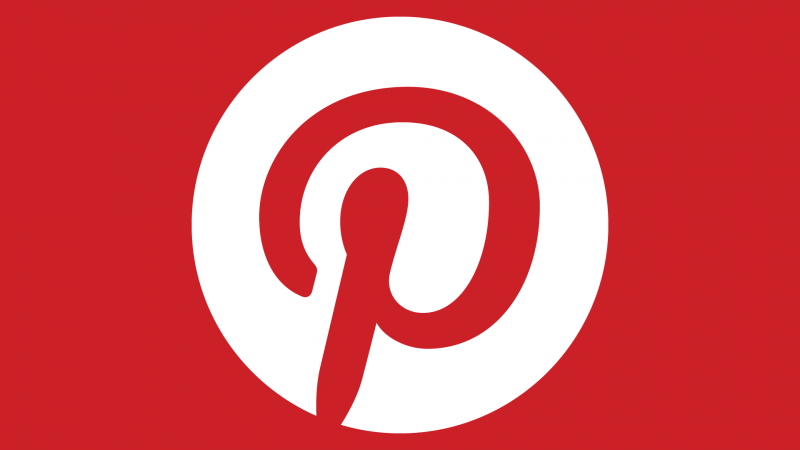Advertisers remain optimistic about Pinterest despite decreased users in Q1
Pinterest’s Q1 results reveal global dips in monthly active users and slowing revenue growth. Advertisers, however, are still enthusiastic about Pinterest’s effectiveness, with the platform’s firm stance against disinformation and fake news proving to be a significant draw for placement of campaigns.
Pinterest is a globally used social media platform where users can discover, store and share visual inspiration through ‘pinboards’. The platform also functions as a visual search engine, and is a highly effective tool for marketers and advertisers alike.


